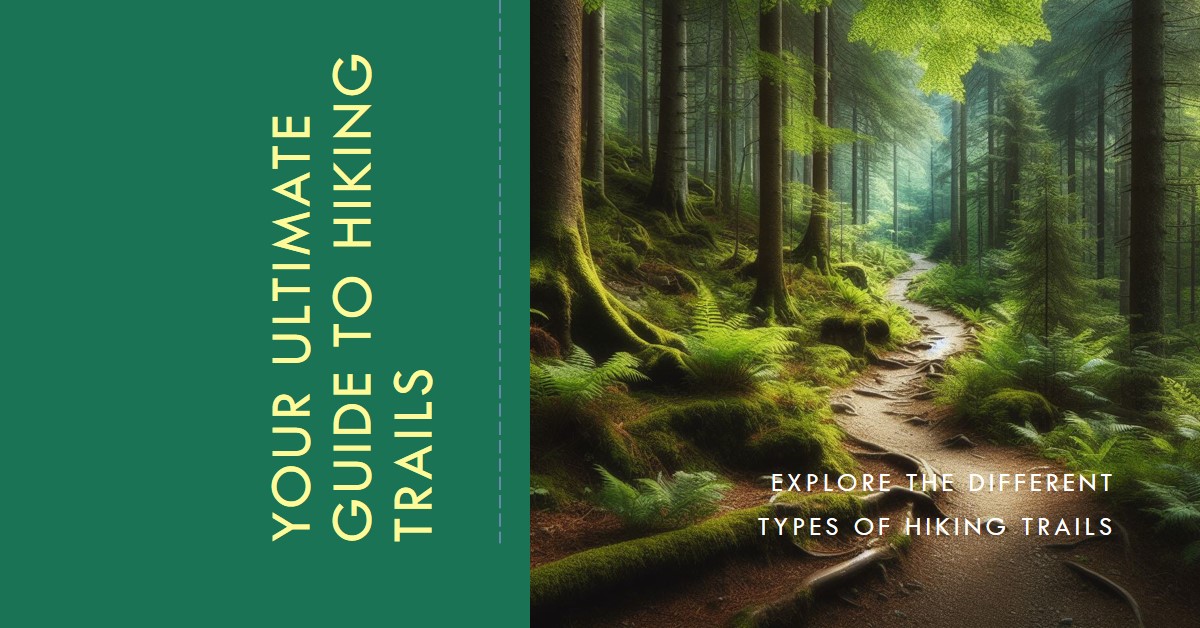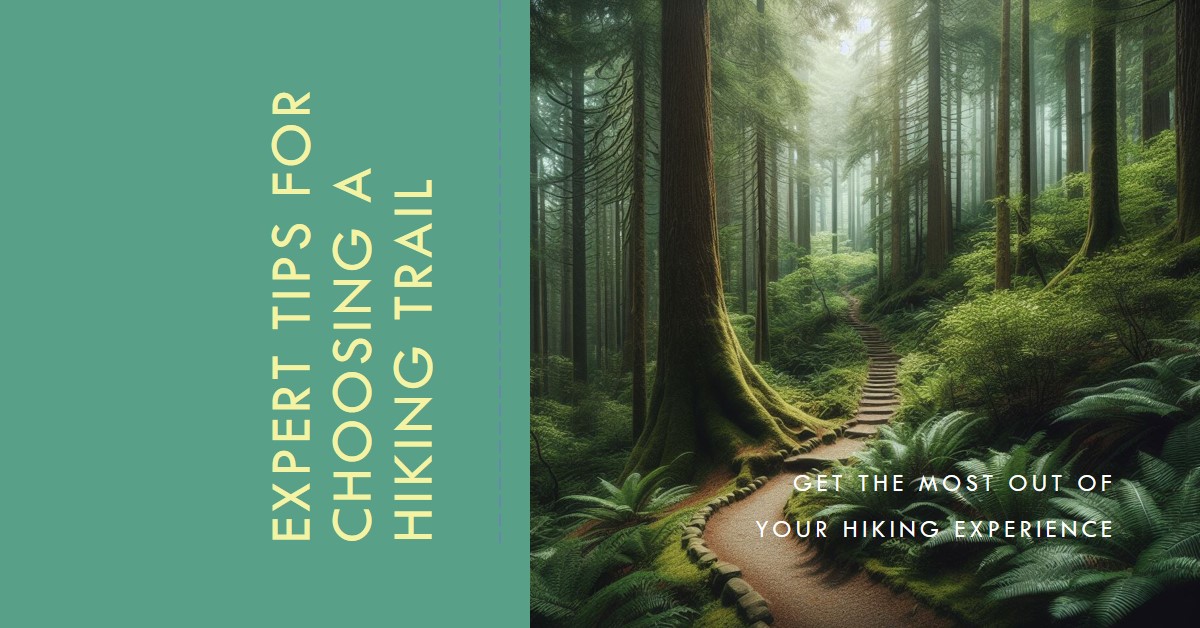When it comes to planning a camping trip, picking the right tent is a crucial decision that can make all the difference in your outdoor experience. It should be comfortable, sturdy, and tailored to your camping conditions.
Whether you’re a lone wolf in the wilderness or camping with a group, the right tent can elevate your camping trip from average to unforgettable. With so many tent varieties and features available, making the right choice can seem overwhelming. This guide aims to help you navigate the tent selection process by highlighting key factors like size, weather suitability, ease of setup, durability, and storage space.
Table of Contents
Key Factors to Consider when Selecting the Ideal Camping Tent
Purchasing a camping tent is an investment, so take time to consider the factors that matter the most to you. One of the vital issues to contemplate is the size and capacity of a tent. Make sure your choice will comfortably accommodate everyone in your party and leave room for any gear or pets.
As for the tent’s weather resilience and seasonality, if you plan to camp in varying seasons or potential harsh weather, it is crucial to purchase a tent that can withstand a broad range of conditions. Prioritize tents with good insulation and the option of a rainfly to keep you dry and cozy.
The tent’s ease of setup and portability are also worth considering. Nobody wants to wrestle with a complicated setup, especially in inconvenient weather. If you plan to hike or trek into your campsite, seek a tent that is lightweight and manageable to carry.
Assessing Tent Material and Construction Quality
When investing in a camping tent, don’t ignore the importance of the material and construction. The fabric used directly impacts the longevity and overall performance of the tent. Each material type has pros and cons to consider.
| Nylon: | Strong, lightweight, UV-resistant, but less water-resistant than other materials. |
| Polyester: | Excellent water resistance and durability. Ideal for extended use and in sunny climates. |
| Cotton Canvas: | Ventilates rather well, provides ample insulation, but tends to be heavier and not as waterproof as other materials. |
Consider the tent poles and support systems that provide the tent’s structure and stability. Fiberglass poles are lighter and less expensive, while aluminum poles are sturdier and longer-lasting. Water-resistance is paramount if you want a dry, comfortable camping experience. Consider tents with a high hydrostatic head rating and entirely taped seams. Lastly, consider the tent’s durability by assessing the overall build and reinforcement at stress points.
Getting to Know Tent Features and Accessories
Tents come with varying features and accessories that enhance your camping experience. A key feature to look out for is how the tent handles ventilation and condensation. Proper ventilation prevents condensation, which can make the interior damp and uncomfortable. Seek tents that have mesh panels, vents, or windows for better breathability.
Next, consider space for gear storage. Vestibules provide additional covered space outside the main tent area to store camping gear and muddy boots, keeping the interior clean and tidy.
The design of the tent doors and entry points shouldn’t be overlooked. Tents with multiple doors feature easy access and offer improved ventilation- an added advantage if you’re camping as a group. You wouldn’t want to crawl over others for a midnight bathroom break.
Comparing Tent Styles and Designs
Choosing the right tent also depends on style and design, and it’s crucial to find one that matches your specific needs. Here, we compare three popular tent styles: dome tents, tunnel tents, and cabin tents.
| Dome Tents | Tunnel Tents | Cabin Tents |
|
Dome tents, identified by their dome-shaped design, are generally more stable, simple to set up, and lightweight. Known for their spacious interior, they come with a rainfly to shield against elements, making them great for backpackers and hikers. |
Tunnel tents have an elongated shape that provides more space inside. They provide excellent stability and can handle windy conditions quite well. These tents often boast multiple compartments, making them a great fit for families or groups. They may, however, take more time and effort to set up. |
Cabin tents are characterized by their vertical walls that provide a spacious and comfortable camping experience. They often include high ceilings and multiple rooms for added privacy. These tents are more suited for car camping due to their bulkiness and weight. |
Choose a tent style based on your specific needs – whether that’s setup ease, interior space, or weather resistance. Your ideal tent for the perfect camping adventure is out there.
Ensuring Comfort and Convenience
Remember to consider the sleeping area and sleeping arrangements when selecting your camping tent. Look for a tent that provides enough space for everyone to sleep comfortably while considering whether you would prefer separate compartments or an open area. It’s also important to ensure adequate interior organization and gear storage for your camping paraphernalia.
Ensuring you get a sound sleep and adequate space for your belongings and gear is a major aspect of the camping experience. Don’t overlook the importance of a well-organized interior and generous gear storage. For this, seek tents with pockets, hooks, and loops, providing you with a neat and accessible setup. Most importantly, consider the ease of assembly and disassembly. An easily assembled tent can save you a lot of time and make your camping experience considerably more enjoyable. These considerations will assist you in choosing a tent that guarantees both comfort and convenience.
Cost and Value for Money
Cost plays a significant role in determining the appropriate tent for your camping trip. Your budget could potentially dictate the tent you end up with, so it is vital to consider the cost and value for your money. Tent prices vary greatly in the market, thereby necessitating a comparison to determine the best value.
Also determining the tent’s longevity is crucial in evaluating its value. A tent with promising durability, capable of withstanding the elements and serving its purpose for years or even decades, may be worth the investment. Do not overlook long-term durability in favor of cost-saving, as a more durable tent may end up cheaper in the long run.
Lastly, remember to factor in additional costs that may arise from optional tent accessories depending on your needs – a groundsheet, tent footprint, guy lines, or stakes are some extras which can significantly add to the tent’s overall cost.
The Importance of Customer Reviews and Ratings
Customer reviews and ratings play a significant part in selecting your camping tent. They offer invaluable insight into the experiences of fellow campers, thus aiding your final decision. Evaluating tent reviews avails information about a tent’s quality, durability, and general performance. Consider reviews that shed light on features valuable to you, such as the tent’s waterproofing, its setup process, and ventilation system.
Critical analysis of feedback and ratings can alert you to any prevalent negatives or positive trends about the tent’s performance and functionality. Utilize this information to predict the issues you might face with the tent.
Ask for recommendations from experienced campers, either in your circles or on online forums. They possess quintessential knowledge that can guide you better.
The Advantage of Trying Before Buying
There is no substitute for a first-hand experience. Therefore, try a tentative tent selection before settling on it for sure. This practice will ensure the tent meets your needs, simplify the setup process, and reduce the chance of any unwelcome surprises at the campsite. As a part of pre-purchase trials, you could borrow or rent a tent and test it for size, durability, and its setup process.
If you’re not yet ready to commit, consider renting a tent before purchasing one. It enables you to experiment with different tent types, finding the best match for your camping needs. Another option could be to attend outdoor gear exhibitions – a one-stop-shop to compare brands, models, and prices, and make an informed decision.
Making That Final Decision
Coming to a final decision on the perfect tent involves creating a pros and cons list, weighing up the importance of different features, and then making an informed decision. List out the strength and weaknesses of each tent option to evaluate them objectively. Consider factors from tent size, weight, durability, ease of setup, weather resistance, and price. Emphasize the features of utmost importance to you, and eliminate the options that fall short of meeting your requirements. Research, read reviews, and take advice from seasoned campers. By following these steps, you will confidently select a tent that not only provides comfort and protection but also enhances your camping experience.
Frequently Asked Questions: Choosing A Tent For Camping
What Are The Key Factors To Consider When Buying A Tent for Camping?
The key factors include the size, weight, and durability of the tent. You should also consider the tent’s waterproof capabilities, ventilation, and setup process. It’s crucial to choose a tent suited to the weather conditions and the number of people using it.
How Do I Determine The Appropriate Tent Size For My Camping Venture?
To find a suitable tent size, consider the number of people and the space required for gear. A general rule of thumb is to add two feet per person to assure comfort. For instance, a 10×8-foot tent should comfortably accommodate four people.
What Is The Difference Between A 3-season And 4-season Tent?
3-season tents are designed for the mild conditions of spring, summer, and fall, while 4-season tents can cope throughout the year, including in snow and heavy winds. 4-season tents, though, may lack ventilation when used in warmer seasons.
3-season tents, ideal for spring, summer, and fall use, may not be enough when you go camping during colder, harsher months. A 4-season tent comes into play in such circumstances. Equipped with stronger poles and enhanced fabric, these tents can withstand heavy snowfall and high winds. Additionally, they are built to provide better insulation, making them suitable for winter camping.
Freestanding or Non-freestanding Tent: Which One Should You Go For?
Another factor to mull over when buying a tent for camping is whether to opt for a freestanding or non-freestanding one. Freestanding tents can be pitched without stakes, offering versatility and easy setup on varied terrains. Their counterparts, non-freestanding tents, require stakes for setup and are usually less heavy. Your camping style and the kind of terrain you’ll be encountering can guide you in this decision.
Wrapping It Up
Optimal camping experiences hinge largely on the tent you pick. Essential considerations include its size, material, and weather resistance. Grasping your needs and conducting a market study will guide you to a tent that aligns with both your budget and preferences.
Whether you are a seasoned camper or just starting to dip your toes in the wilderness, the right tent is a camping necessity. Armed with the right information, go ahead and make a well-informed choice that will make your camping experience not just comfortable, but also memorable. Here’s to many happy camping trips!














